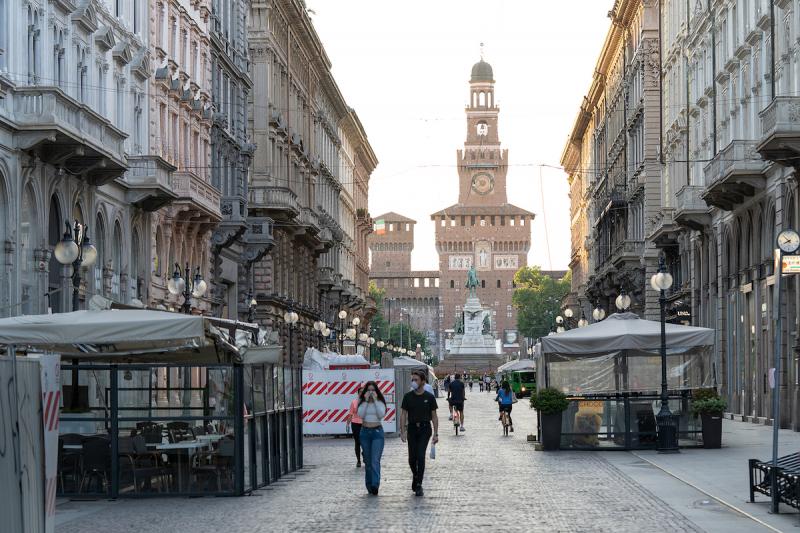With all regions of Italy in either the red or orange zones (except for the island of Sardinia, the only region with the coveted ‘white zone’ label), the country has been placed under lockdown since March 15, and will remain so until Easter.
Currently, ten regions plus the Autonomous Province of Trento are in the so-called red zone, where all non-essential stores are closed, bars and restaurants can only do takeaway and delivery services, schools and universities are closed with students having classes via distance learning, and leaving the house is only allowed for work and health reasons or other situations of need. You are not allowed to visit family and friends that are not part of your household.
The remaining eight regions plus the Autonomous Province of Bolzano are in the orange zone, meaning that shops can stay open, students go to school and people can move freely, but only within the town where they reside. Bars and restaurants can only do takeaway and delivery. You are allowed to visit family or friends but only once a day and for a maximum of two guests per household.
The national curfew between 10 pm and 5 am remains in place.
The reasons for most of Italy being classified as a high risk zone is that the criteria used to place regions in one of the three zones (yellow - orange - red) have been modified and made more stringent; as a result, regions whose contagion data would have seen them classified as moderate-risk yellow zones up until last week are now high-risk orange or red zones.
The island of Sardinia is the only exception in this red-orange Italy; the region is classified as ‘white’, the lower risk zone; bars, pubs and restaurants are open again, however bars and pubs are only open until 9 pm, and restaurants until 11 pm. The national curfew kicks in at 11:30 pm.
On April 3,4,5 (the days around the Easter festivity), all of Italy will be classified as a red zone, although it will be possible to go visit relatives or friends once a day for a maximum of two guests per household and only within one’s own region (the same rules that applied during the Christmas holidays will be applied over Easter to forbid the movement and gathering of people).
Currently, movement between regions remains forbidden unless it’s for work, health or situations of need or to reach a second home.













